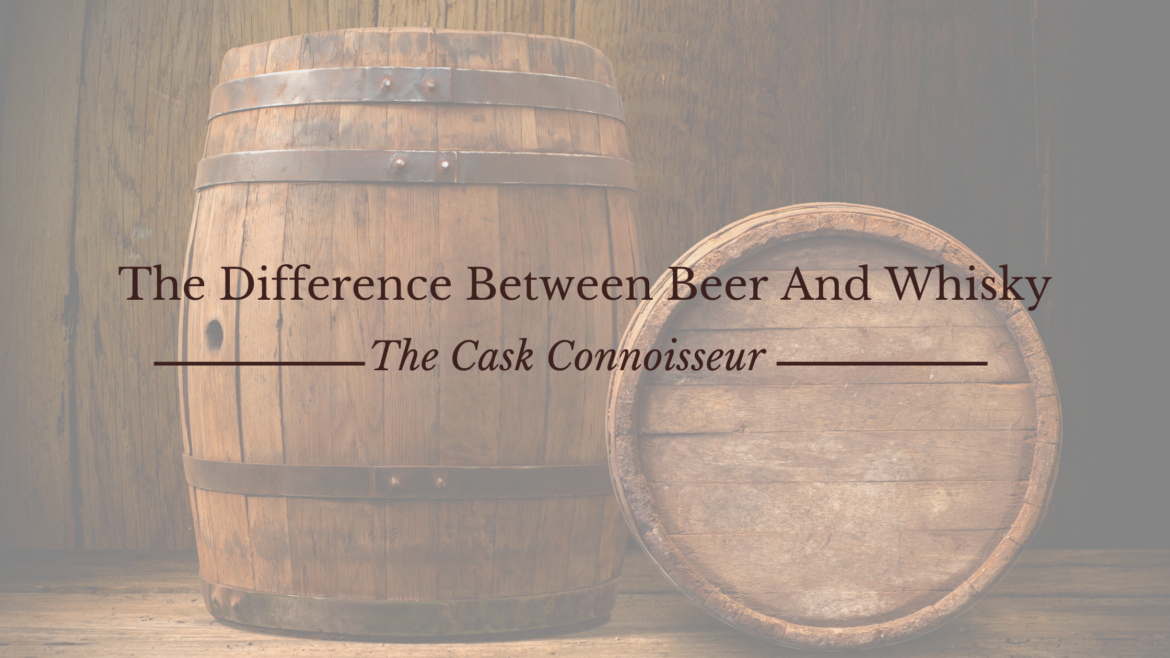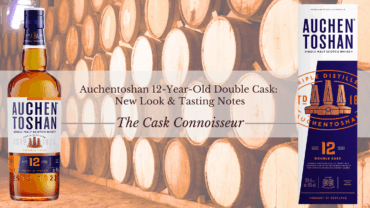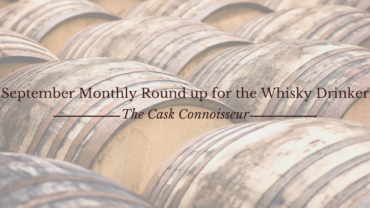Beer and whisky are two of the most popular alcoholic beverages in the world. While they are both made from grains, there are significant differences in the ingredients, production processes, and flavour profiles of these two beverages.
Ingredients:
Beer is typically made from four primary ingredients: water, malted barley, hops, and yeast. Other ingredients, such as wheat, oats, and rye, may also be used. The malted barley is first soaked in water to begin the germination process, which releases enzymes that convert the starches in the grain into sugars. These sugars are then extracted and boiled with hops to add flavour and bitterness to the beer. Yeast is then added to the mixture, which ferments the sugars and produces alcohol.
Whisky, on the other hand, is made primarily from grains, such as barley, corn, rye, or wheat. The grains are first soaked in water and then spread out to germinate, a process known as malting. The malted grains are then dried and ground into a fine powder called grist, which is mixed with hot water to create a sugary liquid known as wort. Yeast is then added to the wort, which ferments the sugars and produces alcohol. The mixture is then distilled to increase the alcohol content and create the unique flavours and aromas of the whisky.
Production Processes:
Beer is typically brewed in large batches using a process known as brewing. The malted barley is first soaked in water to begin the germination process, which releases enzymes that convert the starches in the grain into sugars. These sugars are then extracted and boiled with hops to add flavour and bitterness to the beer. Yeast is then added to the mixture, which ferments the sugars and produces alcohol. The beer is then aged and carbonated before being packaged and shipped to stores.
Whisky is made through a process known as distillation. The malted grains are first soaked in water to begin the germination process, which releases enzymes that convert the starches in the grain into sugars. These sugars are then extracted and boiled with hops to add flavour and bitterness to the beer. Yeast is then added to the mixture, which ferments the sugars and produces alcohol. The resulting liquid, known as wash, is then distilled in copper pot stills to create the unique flavours and aromas of the whisky. The whisky is then aged in oak barrels to develop its distinct flavour profile.
Flavour Profiles:
Beer comes in a wide variety of flavours and styles, depending on the type of malted barley and hops used in the brewing process. Some beers are light and crisp, while others are dark and full-bodied. Beers can also have a wide range of bitterness levels and alcohol contents.
Whisky, on the other hand, is known for its complex and nuanced flavour profile. The type of grains used, the distillation process, and the ageing process all play a role in determining the final flavour of the whisky. Whiskies can range from light and fruity to rich and smoky, with notes of caramel, vanilla, and spice.
While both beer and whisky are made from grains and are alcoholic beverages, there are significant differences in their ingredients, production processes, and flavour profiles. Beer is brewed in large batches using a process known as brewing, while whisky is made through a process known as distillation. The flavour profile of beer can vary widely depending on the type of malted barley and hops used, while whisky is known for its complex and nuanced flavour profile, which is influenced by the grains used, the distillation process, and the ageing process.





